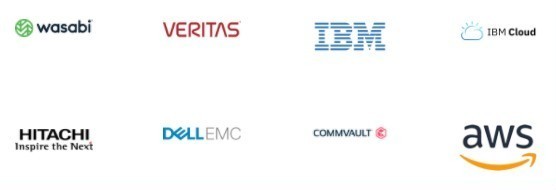by David Morris, Sept 2020
Ransomware attacks have increased dramatically in the US in the first half of 2020, but malware incidents worldwide have declined significantly due to the threat posed by SonicWall. IoT attacks and ransomware have also increased, with the US recording a staggering 109% increase in ransomware. BlackBaud, a cloud provider, was recently thwarted by a ransomware attack; hackers stole data from the company’s network and threatened to publish it on the Internet. They had to pay ransom, and Blackbaud has since been shut down, and the hackers have since gone.
While malware worldwide declined by 24%, the first half of 2020 recorded an increase in ransomware attacks in the U.S. and a decline in malware incidents worldwide by 14%.
In the U.S., SonicWall Capture Labs registered more than 1,000 ransomware attacks in the first half of the year, up from 1.5 million in 2016. Investigations that have identified and analyzed the most common types of ransomware, such as Ransomware and Ransomware – as – a – Service (RaaS), have revealed that municipalities strive for better control over their cyber security infrastructure, “the report states.
In this article, we present you some of the latest Ransomware attacks that we have seen so far in 2020. The breakdown by sectors will vary, as also here, it makes only a fraction of the Ransomware attacks in each country and may not be representative of a general Ransomware attack image. This list, however, gives you an idea of what the most notable are and were Ransomware attacks of 2020 and why they are so important in terms of their impact. Initially, the Ragnar Locker ransomware was used by attackers as part of an attack on compromised networks in late December 2019.
Ransomware attacks in 2019, the most recent coming from the north side of the border and taking place in the first half of this year.
Less than a month later, INTERPOL found that ransomware attacks on health organizations were on the rise. Ransomware attacks on hospitals, hospitals and health facilities in the United States have been on the rise since the coronavirus pandemic capitalized on a lack of awareness and awareness of the threat to the health sector and public health.
According to a report by the National Institute of Justice, 42% of the notifications (42 seconds per third) came from US government agencies. According to the report, ransomware attacks in the US have increased by 109% in the first half of 2020. During the same period, 2,047 ransomware attacks were reported to the FBI, up from 1,073 in 2017, according to an FBI report.
In 2019 and the first half of 2020, 106 ransomware attacks were carried out on US cities and counties. Worst of all, the report says, 22 cyberattacks crippled more than 1.5 million computers in the US in 2019 alone.
For some, including companies, the effects of a ransomware attack can be devastating, and by proactively protecting against them, cities could avoid massive repayment bills. The number of ransomware attacks increased by 109% in 2019, but dealing with the consequences could prove even more costly, as training can be an expensive investment.
Cybersecurity Ventures predicts that the global cost of ransomware damage will reach $20 billion by 2021, 57 times more than in 2015. Ransomware attacks were launched every 40 seconds in 2017, and that number increased exponentially in 2018. The average cost of recovering ransomware attacks has doubled to $1.5 billion in 2019, according to a new report by cyber security research firm Cyber Security Ventures.
The cost of ransomware damage will rise to $1.5 billion in 2019 and $2.2 billion in 2020, according to Cyber Security Ventures. Ransomware attacks on companies are estimated to be responsible for more than a third of all cybersecurity incidents in the US, the report said. Companies will be up to 60 percent more vulnerable to ransomware attacks in 2019 than they were in 2016.
The ransom average for the first quarter of 2020 is $111,605, and forecasts suggest that companies will be hit every 11 seconds by 2021. The number of ransomware attacks will increase every year and new organizations will be victims of ransomware. According to Cyber Security Ventures, ransomware damage rises every 14 seconds to $11.5 billion in 2019 and $2.2 billion in 2020.
Unfortunately, one of the predictions is that, while cyber criminals are executing their methods, which are more complex and extend their reach, the probability that ransomware attacks will continue to increase is high. Given the growing complexity of Ransomware and its potential impact on organizations, it can be assumed that incidents like this will continue to gain momentum in the coming days. The use of security information to understand how a ransomware attack arises and how it develops can help organizations to deploy defense systems accordingly.
As we have seen repeatedly, is enough time to exfiltrate gigabytes of data, if a Ransomware attacker sits months or even years in a network, before he encrypts the first computer. Understanding how ransomware exploits work and how they move through the infrastructure they use for command and control allows us to detect the attack before they can install it and steal data from us. Since more cyber criminals motivate themselves with enormous ransom payments, they are distracted from staging and executing ransomware attacks to orchestrate and execute them.


